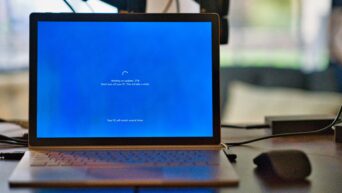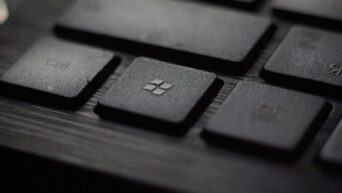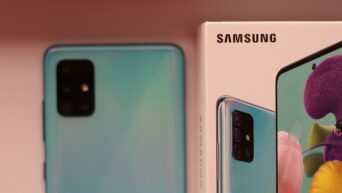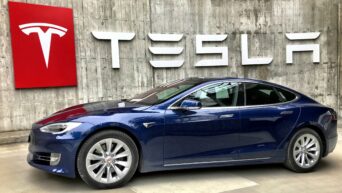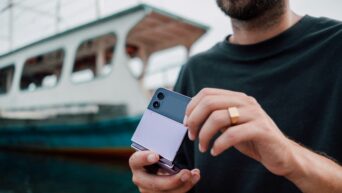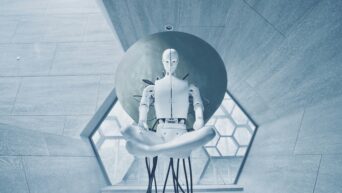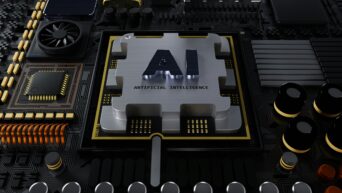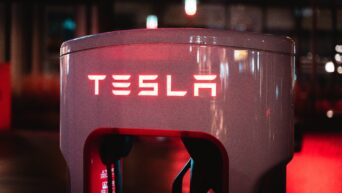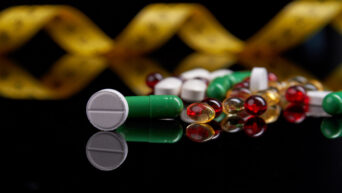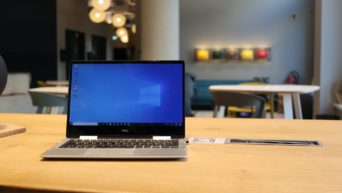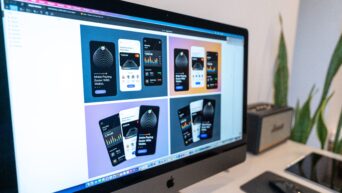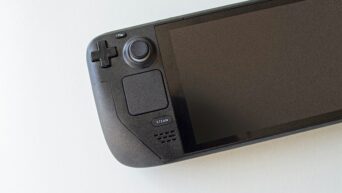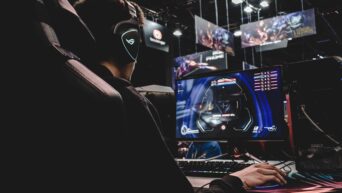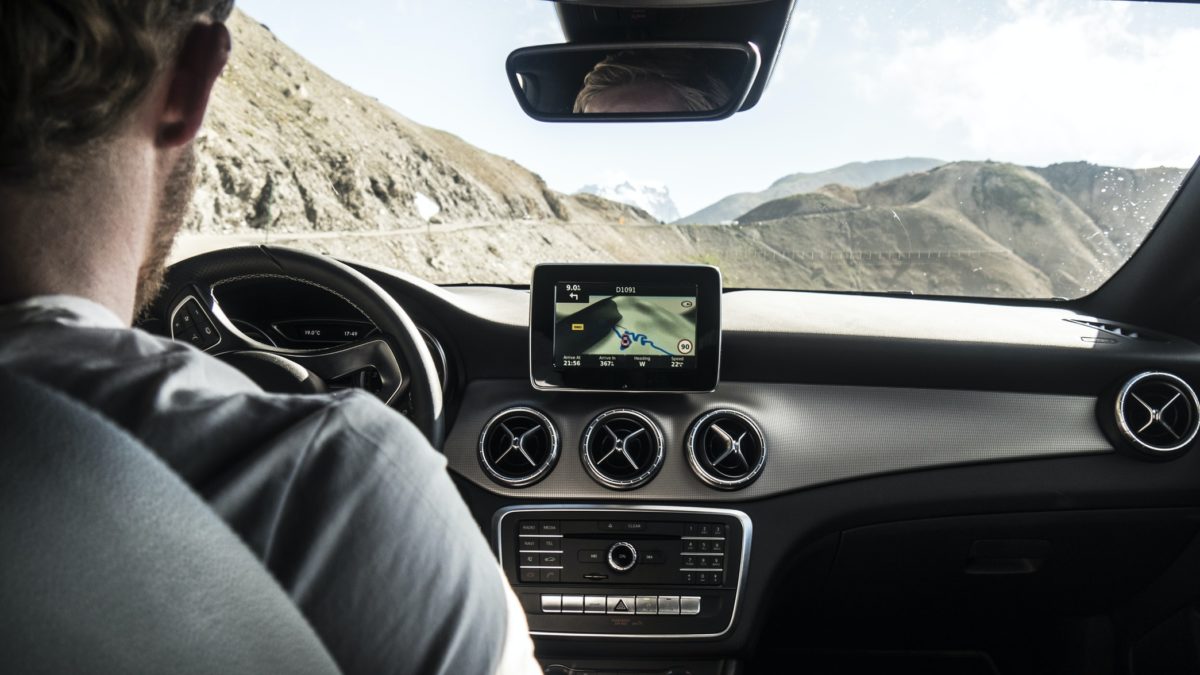
Credit: Unsplash
See important road signals through solid matter.
You know what I hate? When you pull up at a red light and there’s a gigantic truck or something in front of you completely blocking your view of it. You just have to wait until the line starts moving to know if the light’s green or not, but what if someone’s asleep at the wheel? I can’t honk them, I don’t know if the signal’s changed! It’s annoying when you can’t properly see road signals, not to mention potentially dangerous in a few cases. If only there was a way we could see signals, even when there’s something in the way… oh, hey, there is.
A tag-team of researchers from the University of Cambridge, the University of Oxford and University College London have created a prototype of a new kind of augmented reality heads-up display for cars. Some car windshields have a little tech built in already, but nothing like this; using light detection and ranging, or “LiDAR,” this new display creates a real-to-life hologram in the driver’s windshield to show important road objects that are otherwise obscured by large vehicles or foliage.
“Head-up displays are being incorporated into connected vehicles, and usually project information such as speed or fuel levels directly onto the windscreen in front of the driver, who must keep their eyes on the road,” said lead author Jana Skirnewskaja, a Ph.D. candidate from Cambridge’s Department of Engineering. “However, we wanted to go a step further by representing real objects in as panoramic 3D projections.”
3D holographic head-up display could improve #roadsafety @Cambridge_Uni @OpticalSociety https://t.co/Cpu9BhQqhz
— Phys.org (@physorg_com) April 26, 2021
While the researchers haven’t live-tested the tech yet, they have used the tech to completely map out a busy street in central London. It works kind of lake a radar, sending out laser pulses and creating a model mock up of the area. Any data from the model can then be transformed into a visible hologram, which can be projected right into a driver’s eyes, alerting them to road signals without distracting them from the road.
The next step will be making the components of their device small enough to comfortably fit in a car, followed by live testing.


